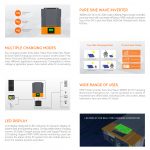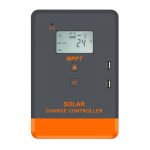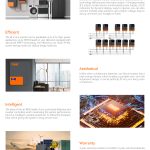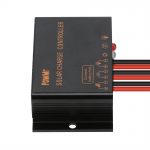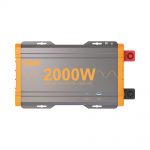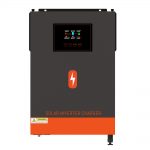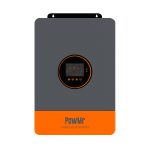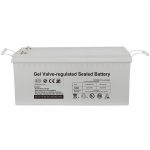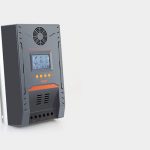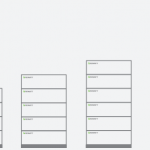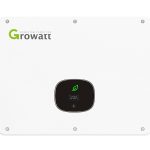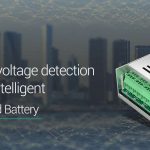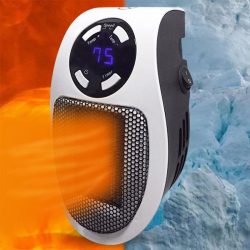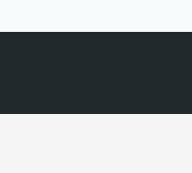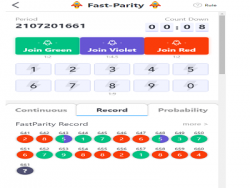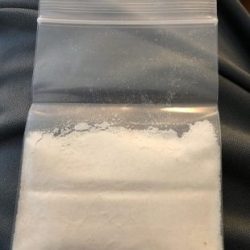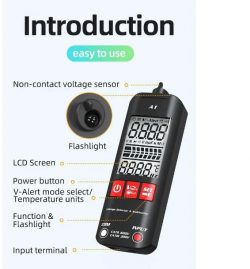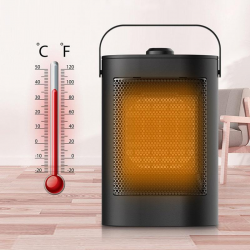Large capacity inverter with advanced digital display
What is the best solar charge controller. The best solar controller is the one that is best for your solar project and it needs to be the right battery for you. And you need to know all the details of your PV system such as input and output power, maximum battery current, nominal system voltage (12V, 24V, 36V, 48V, 60V, 100V, 150V and even 200V). When considering which mppt controller to choose, please refer to the mppt controller calculation guide above. Lead-acid gel batteries provide more stable, longer-lasting backup power than standard lead-acid batteries.
They have a special cross-gel structure that retains the acid and prevents it from precipitating. They also have more backup power per cycle than standard flooded lead-acid batteries. However, gel batteries are slightly more expensive than standard flooded lead-acid batteries due to advanced internal components. The operating parameters of the traditional solar charge controller remain unchanged. Based on the parametric mode (constant voltage or constant current), the energy of the solar panel is transferred to the battery, which will not change with the surrounding environment. Customers can refer to the load calculator on the Powmr website to select the best high capacity Hybrid Inverter and choose from a wide range of inverter products designed specifically for your home, office, showroom or petrol pump.
Powmr offers the Cruze+ and iCruze series in high-capacity inverters. In the event of a power outage, there will be no interruption even for a nanosecond. In the event of a power failure, the UPS stops charging the batteries but continues to drive the load from the inverter batteries. Therefore, an online UPS has zero time delay when switching power. It is also called an online UPS because it remains on even during normal operation. High-capacity inverters feature advanced digital displays that inform you of inverter and battery performance statistics.
The large capacity power inverter also provides additional functions such as AC and DC MCB switch, mains bypass switch, short circuit protection, battery overcharge, deep discharge protection facility. Floating charge. Charge voltage (Uf) ratio in float mode Constant charge is slightly lower. The main purpose of this charging mode is to compensate for the self-lost energy of the battery, since at this stage the battery is fully charged. PWM solar charge controller. Pulse width modulation (PWM) solar charge controllers are traditional style controllers.
They are common, widely used in many solar panel applications and very affordable. Solar Batteries is a passive controller technology that utilizes solid-state gates and switches to generate a constant DC output from a changing DC input. We also have a range of premium quality inverters that provide real-time data communication on backup, inverter load percentage, battery charge percentage, and more with the help of a built-in LCD display. The Zelio Plus series is a premium inverter series. The powmr square wave inverter series is the fastest charging UPS series in the world, ideal for rural and semi-urban areas. This UPS is equipped with a heavy duty charger that can charge the battery even at low voltage. Equipped with a battery selector switch to optimize charging current and increase battery life and performance.
It is ideal for areas suffering from prolonged power outages and low input voltages. Balance Charge/Boost Charge: When the battery is charged to the boost voltage setpoint, the solar controller continuously adjusts the charge current to maintain the battery charging process. Absorption charging: In the absorption charging stage, as the battery voltage increases, the charging current gradually decreases. When the charging current drops to about 0.01C, the constant voltage charging ends. MPPT solar charge controller.
Tracking at the maximum power point (MPPT) solar charge controllers are the latest innovation in today’s solar systems. The controller can determine the optimal amperage and operating voltage for the solar panel array and match it to the battery pack. This results in an additional 15% to 30% more power in your solar array. As the solar energy collection of the panels is affected by factors such as sunlight and dust, pollution, rain, snow and shadows, the output power varies accordingly.
When the sun is strong and the controller is big. If a traditional MPPT Solar Charge Controller is used, the disadvantage is that the conversion rate is low and a lot of solar energy is wasted. By switching to an MPPT charge controller, the solar energy conversion rate can be greatly improved with minimal waste of energy. When the budget is sufficient, the MPPT solar controller is obviously the better choice. At the same time, the inverter starts to draw current from the battery, which is then supplied to the AC load. Because it remains off while drawing current from the AC line during normal operation, it is called an offline UPS

